Wellbeing Hacks For Travelers Who Work Anywhere
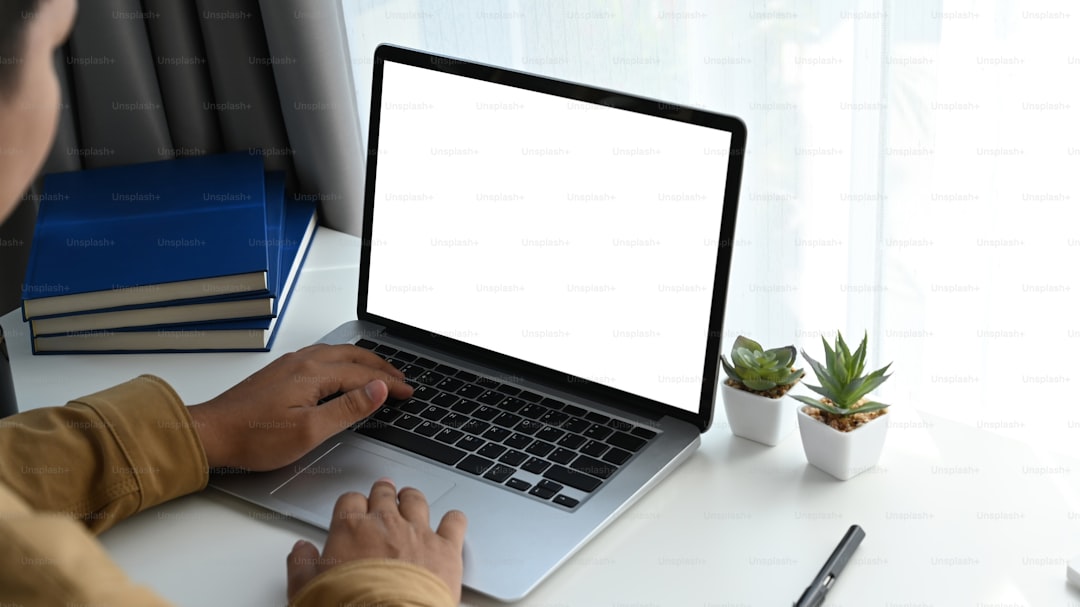
Introduction
The freedom to work from a beach in Bali, a café in Lisbon, or a mountain cabin in Patagonia is a dream many digital nomads chase. That freedom, however, comes with a hidden price: the constant juggling of work deadlines, travel logistics, and personal health. When you are always on the move, the usual routines that keep you grounded can dissolve in an instant. This guide gathers practical, science‑backed wellbeing hacks that fit inside a backpack and can be applied wherever you set up your laptop. From sleep hacks that work in any time zone to portable workouts that require no gym, each tip is designed to help you stay energetic, focused, and resilient while you explore the world.
Adopt a Mobile Mindset
A nomadic lifestyle thrives on adaptability. The first step toward sustainable wellbeing is shifting your mindset from “I need a fixed routine” to “I need a flexible framework.” A framework gives you structure without being rigid. Identify the three core pillars that matter most to you—sleep, movement, and nutrition—and create a simple checklist that you can adjust each day.
- Write down your ideal wake‑up time, a short movement block, and a balanced meal plan.
- Review the list each evening and tweak it based on the day’s schedule, local time zone, and energy levels.
By treating your routine as a living document, you avoid the frustration that comes from trying to force a static schedule onto a constantly changing environment.
Mastering Sleep on the Road
Sleep is the single most powerful tool for recovery, cognition, and emotional balance. When you cross time zones, your circadian rhythm can become a mess. Below are proven hacks that help you fall asleep quickly and wake up refreshed, no matter where you are.
Light Management
- Morning Sunlight – Spend at least ten minutes outside within the first hour of waking. Natural light tells your brain that it’s daytime, resetting your internal clock.
- Evening Dim Light – Switch off bright overhead lights and use a warm lamp or a smartphone’s night mode at least an hour before bed. Blue light suppresses melatonin, the hormone that makes you sleepy.
Consistent Pre‑Sleep Ritual
Your brain loves cues. Choose two or three calming activities that signal bedtime—reading a physical book, gentle stretching, or a short meditation. Perform them in the same order each night. Over time, the ritual becomes a Pavlovian trigger for sleep.
Portable Sleep Tools
- Travel‑Friendly Eye Mask – Blocks out ambient light on planes, hostels, or bright city apartments.
- Noise‑Cancelling Earplugs or White‑Noise App – Masks unfamiliar sounds that can keep you alert.
- Lightweight Travel Pillow – Supports proper neck alignment, reducing tossing and turning.
Power‑Napping the Right Way
A 20‑minute nap can boost alertness without entering deep sleep, which can leave you groggy. Set an alarm, find a quiet spot, and keep the nap short. If you have more time, a 90‑minute nap allows you to complete a full sleep cycle, delivering cognitive benefits without a sleep inertia crash.
Nutrition Hacks for the Ever‑Moving Professional
Eating well while traveling can feel like an impossible puzzle, especially when you’re balancing a deadline and a cheap hostel kitchen. The goal is to make nutrient‑dense choices that require minimal preparation.
Build a Portable Pantry
- Nuts and Seeds – Almonds, walnuts, pumpkin seeds provide healthy fats, protein, and magnesium.
- Dried Fruit – A natural source of quick carbs and antioxidants; pair with nuts for a balanced snack.
- Whole‑Grain Crackers or Rice Cakes – Offer complex carbs for sustained energy.
- Protein Powder – Mix with water or plant‑based milk for an instant protein boost after a workout.
- Electrolyte Tablets – Replace lost minerals on hot days or after intense sessions.
Smart Grocery Shopping
When you land in a new city, head straight to a local market or supermarket. Look for fresh produce that requires little prep—baby carrots, cherry tomatoes, pre‑washed greens, and ripe avocados. These items can be eaten raw, tossed into a quick salad, or blended into a smoothie.
Meal Prep in Small Spaces
- One‑Pot Meals – A single pot or pan can handle a stir‑fry, a soup, or a quinoa bowl.
- Sheet‑Pan Roasting – If your accommodation has an oven, place veggies and a protein source on a tray, drizzle with olive oil, and roast. Minimal cleanup, maximum flavor.
- Batch Cooking – Cook a large batch of grains (rice, quinoa, millet) at the start of the week and portion it into containers. Add fresh toppings each day to keep meals interesting.
Hydration Strategies
Dehydration masquerades as fatigue and headache, both of which hurt productivity. Carry a reusable water bottle and set a reminder to sip every 30 minutes. In hot climates, add a pinch of sea salt or a squeeze of lemon to improve electrolyte balance.
Move Your Body Anywhere
Staying active is non‑negotiable for long‑term health, but gym memberships are rarely an option for nomads. The solution is to rely on bodyweight exercises, minimal equipment, and the environment around you.
The Core Portable Workout
A simple circuit that targets all major muscle groups can be done in a hotel room, a park, or a coworking space. Perform each exercise for 45 seconds, rest 15 seconds, and repeat the circuit three times.
- Push‑ups – Works chest, shoulders, triceps.
- Squats – Engages quads, hamstrings, glutes.
- Plank – Strengthens core and lower back.
- Reverse Lunges – Improves balance and leg strength.
- Supermans – Targets posterior chain and spinal erectors.
- Mountain Climbers – Boosts cardiovascular endurance.
Resistance Bands – The Nomad’s Weight Set
A set of lightweight resistance bands adds variety and progressive overload without bulk. Use them for rows, banded deadlifts, shoulder presses, and glute bridges. Bands come in multiple resistance levels, allowing you to increase intensity as you get stronger.
Outdoor Cardio Options
- Running or Jogging – Choose safe routes near your accommodation. Even a 20‑minute run can clear the mind.
- Cycling – Many cities have bike‑share programs; a short ride doubles as exploration and cardio.
- Swimming – If your hostel or coworking space has a pool, swimming offers a low‑impact full‑body workout.
- Stair Climbing – Use the stairs in office buildings or public transport stations for an intense leg and cardio session.
Incorporate Micro‑Movements
Between meetings, stand up, stretch, or do a set of jumping jacks. These micro‑movements prevent stiffness, boost circulation, and break up prolonged sitting, which is linked to metabolic issues.
Mental Health on the Move
The nomadic lifestyle can be exhilarating, yet it also brings isolation, culture shock, and constant decision fatigue. Prioritizing mental health is as important as any workout or nutrition plan.
Practice Daily Mindfulness
Set aside five minutes each morning for breath awareness or a guided meditation. Apps like Insight Timer or Simple Habit offer short sessions that can be done offline, ideal for low‑connectivity locations.
Journaling for Clarity
Write down three things you are grateful for and any lingering worries. Externalizing thoughts reduces rumination and helps you process experiences, especially after a culture‑rich day.
Stay Connected
Schedule regular video calls with friends or family, even if they’re brief. The sense of belonging counteracts the loneliness that can creep in during solo travel. Join local meet‑ups, language exchanges, or coworking events to build a community wherever you are.
Set Boundaries with Work
Create clear start and stop times for work each day. Use a timer or a visual cue—like a colored light—that signals “work mode” versus “personal mode.” Turning off notifications after hours protects your mental space and prevents burnout.
Leveraging Technology for Wellbeing
Digital tools can be powerful allies if used mindfully. Below are essential apps and gadgets that support health without becoming distractions.
Sleep Trackers
Wearable devices or smartphone apps that monitor sleep stages help you understand patterns and make adjustments. Look for trackers that sync with your phone’s health dashboard for easy data review.
Nutrition Loggers
Apps like Cronometer or MyFitnessPal allow you to log meals, track macros, and ensure you’re meeting micronutrient goals even when eating on the go.
Workout Libraries
Platforms such as Fitbod, Freeletics, or YouTube channels provide structured workouts that require minimal equipment. Filter by “no equipment” or “travel friendly” to find suitable routines.
Habit‑Building Apps
Use tools like Habitica or Streaks to reinforce daily habits—hydration, stretching, or a gratitude practice. Visual streaks motivate consistency.
Offline Resources
Download PDFs of workout plans, meditation scripts, and healthy recipes before you travel. Having offline access removes the reliance on Wi‑Fi and keeps you on track.
Building a Sustainable Routine
A sustainable routine blends flexibility with consistency. Below is a step‑by‑step method to craft a daily rhythm that works across continents.
- Identify Core Priorities – Choose three non‑negotiable activities: sleep, movement, and nutrition.
- Map Out Time Zones – When you arrive, note the local sunrise, sunset, and typical work hours. Align your core priorities around these anchors.
- Create a Mini‑Schedule – Draft a simple timeline: wake‑up, morning movement, work blocks, meal times, evening wind‑down. Keep it visual—use a whiteboard, a notebook, or a phone note.
- Test and Tweak – After a few days, assess energy levels, focus, and mood. Adjust the timing of workouts or meals if needed.
- Add Flex Elements – Include optional activities like a local hike, language lesson, or cultural event. These keep the routine enjoyable and prevent monotony.
By iterating weekly, you develop a personalized rhythm that respects both your professional demands and your health needs.
Overcoming Common Travel Challenges
Even with a solid framework, specific travel scenarios can test your wellbeing plan. Here are practical solutions for frequent obstacles.
Jet Lag
- Gradual Light Exposure – In the days before departure, shift your sleep schedule by 30 minutes toward the destination’s time zone.
- Strategic Caffeine – Use coffee or tea to stay alert during the new day’s morning, but avoid it after noon to protect nighttime sleep.
- Melatonin Supplement – A low dose (0.5–1 mg) taken an hour before the desired bedtime can accelerate circadian adjustment.
Unreliable Internet
Plan offline work sessions in cafés with strong Wi‑Fi and schedule cloud‑sync backups for when you regain connectivity. Keep essential files on a portable SSD or USB drive.
Limited Kitchen Facilities
Rely on no‑cook meals: hummus with veggie sticks, canned beans mixed with quinoa, or a ready‑to‑eat lentil salad. These require only a bowl and a spoon.
Small Living Spaces
Use foldable equipment—like a yoga mat, resistance bands, or a compact suspension trainer—that can be stored under a bed or in a suitcase. Perform workouts on the floor to avoid needing a dedicated space.
Recovery Strategies on the Go
Recovery is often overlooked but is crucial for performance and injury prevention. Below are low‑tech recovery methods that fit a nomadic lifestyle.
Stretching Routine
Spend five minutes after each work block to stretch major muscle groups: neck, shoulders, hips, hamstrings, and calves. Consistent mobility work reduces stiffness and improves posture.
Foam Rolling Alternatives
A simple lacrosse ball or a tennis ball can substitute for a foam roller. Roll against a wall or floor to target tight spots in the back, glutes, and feet.
Cold and Heat Therapy
If a local gym offers a sauna or cold plunge, use them for muscle recovery. Alternatively, a cold shower for 30 seconds followed by a warm shower can stimulate circulation.
Active Rest Days
Instead of complete inactivity, schedule low‑intensity activities like walking tours, yoga, or gentle swimming. These promote blood flow without taxing the nervous system.
Preventing Burnout While Exploring
Burnout creeps in when work demands eclipse personal fulfillment. To keep the spark alive, integrate purposeful downtime and novelty.
Schedule “Explorer Hours”
Dedicate a specific hour each day to immerse yourself in the local culture—visit a museum, try a street food stall, or practice a few phrases in the native language. This breaks the monotony of screen time.
Practice the “Two‑Task Rule”
Limit yourself to two major work tasks per day. This forces prioritization and prevents the endless scroll of low‑impact activities that drain energy.
Celebrate Small Wins
At the end of each week, note achievements—completed projects, new recipes tried, or a trail conquered. Recognizing progress fuels motivation.
Community Building for Longevity
Human connection amplifies wellbeing. Even as a solo traveler, you can cultivate a supportive network.
Join Digital Nomad Groups
Platforms like Facebook, Reddit, or specialized apps host regional nomad communities. Attend virtual meet‑ups or local gatherings to exchange tips and share experiences.
Co‑working Spaces
Many cities have coworking hubs that offer day passes. Working alongside other remote professionals creates accountability and reduces isolation.
Skill‑Swap Sessions
Offer a skill you excel at—graphic design, coding, language tutoring—in exchange for a skill you need, such as cooking a local dish or yoga instruction. Mutual learning strengthens bonds.
Long‑Term Health Monitoring
While short‑term hacks keep you functional, long‑term health monitoring ensures you stay on track over months and years.
Annual Check‑Ups
Schedule a comprehensive health screening before you embark on an extended travel period. Bring a copy of your medical records, vaccination history, and any chronic condition information.
Blood Work for Micronutrients
Travel, stress, and diet changes can affect vitamin D, B12, iron, and magnesium levels. Periodic blood tests help you adjust supplementation accordingly.
Dental Care
Oral health often suffers on the road due to irregular brushing schedules and sugary snacks. Pack a travel toothbrush, floss, and a small tube of fluoride toothpaste. Schedule a dental cleaning at least once a year.
Final Thoughts
Living the digital nomad lifestyle is a rewarding blend of professional freedom and cultural immersion. The key to thriving—rather than merely surviving—is to embed health‑focused habits into every aspect of your travel. By mastering sleep, fueling your body with portable nutrition, moving regularly with minimal equipment, protecting mental wellbeing, and leveraging technology wisely, you create a resilient foundation that supports both work performance and adventure. Remember that flexibility is your greatest asset; use the frameworks presented here as guides, not rigid rules. Adjust, iterate, and enjoy the journey, knowing that your wellbeing is the engine that powers every new horizon you chase.
Random Posts
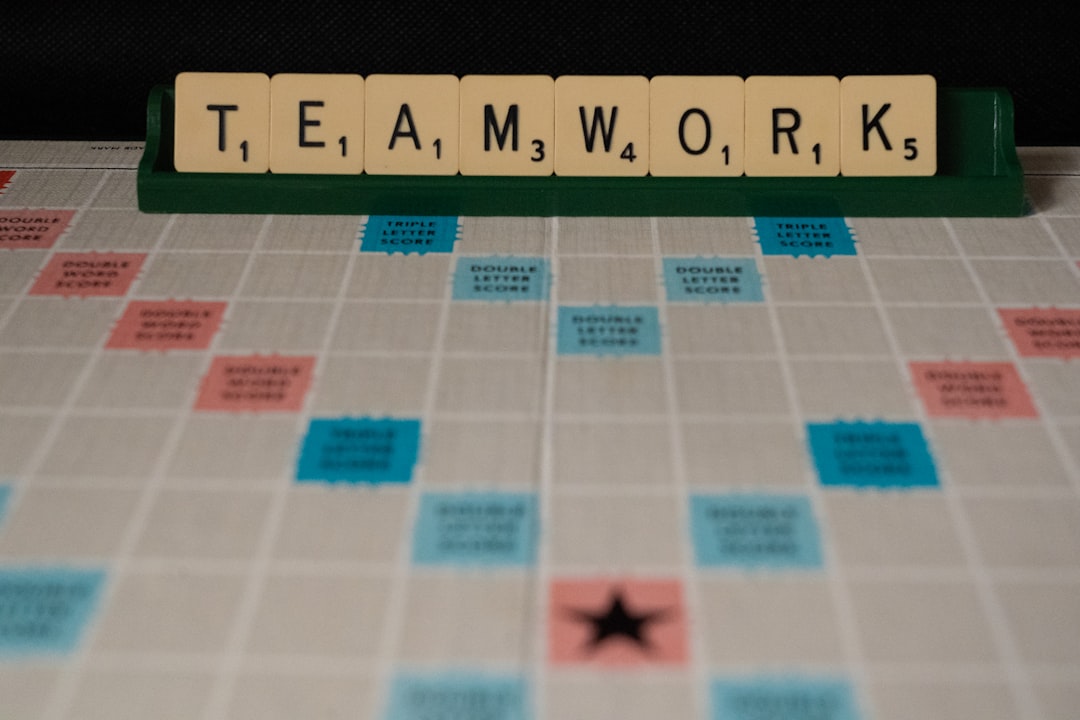
Productivity Hacks for Entrepreneurs on the Move
Discover lightweight, adaptable productivity hacks that let traveling entrepreneurs juggle calls, deadlines and wellbeing without chaos, using structured flexibility, smart tools, and daily habits for on the go success.
2 months ago
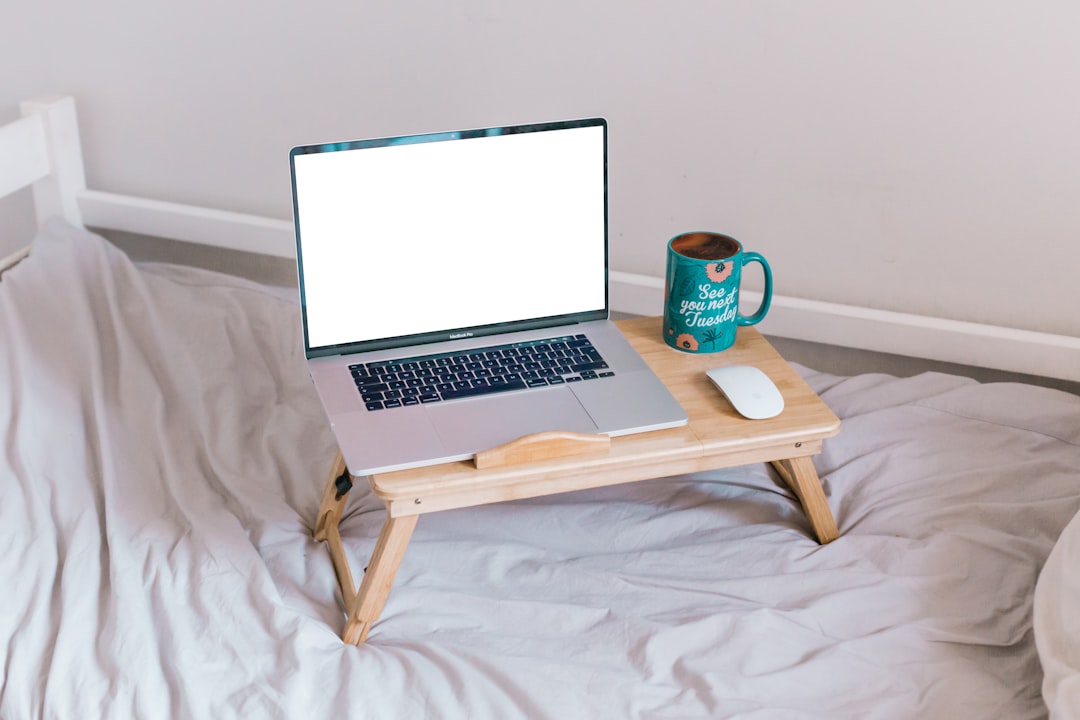
Live and Work in Latin America’s Vibrant Remote Hubs
Discover Latin America’s top remote working hubs, from Mexico City’s culture to Florianópolis surf, with insider tips on visas, cost, internet, coworking and lifestyle for digital nomads seeking affordable vibrant living.
2 months ago
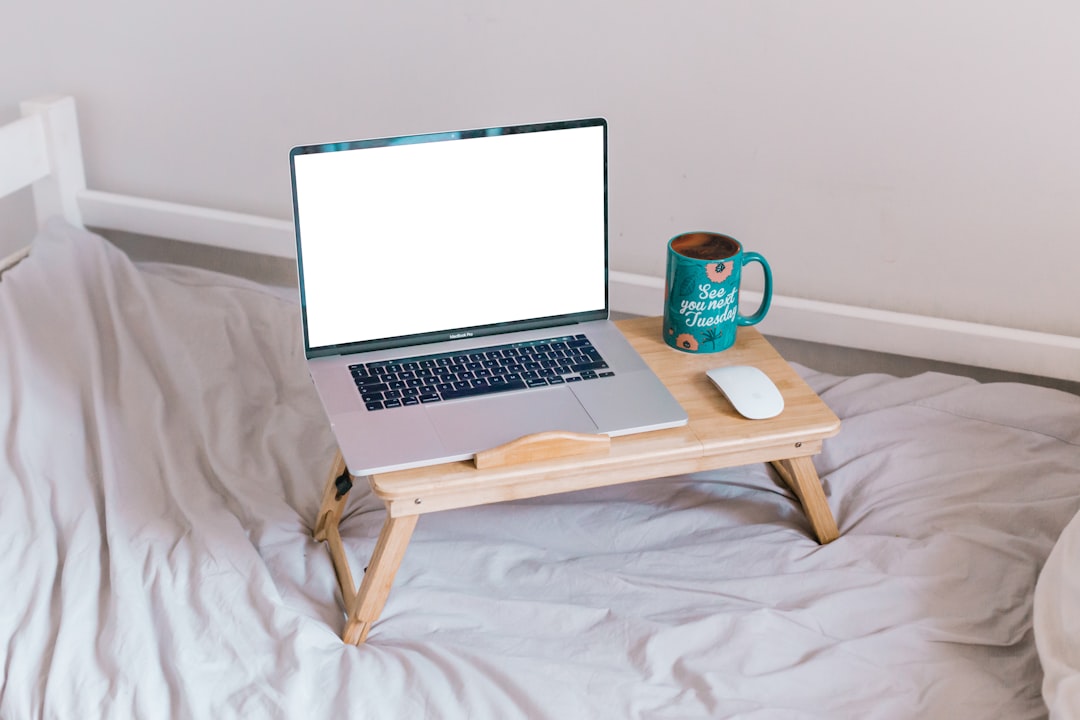
Remote Work Paradise Spots and the Essential Equipment List
Discover top remote-work paradises - from beachside cafés to mountain retreats - and the must-have gear that keeps you connected, comfortable and secure wherever you set up your laptop.
1 week ago
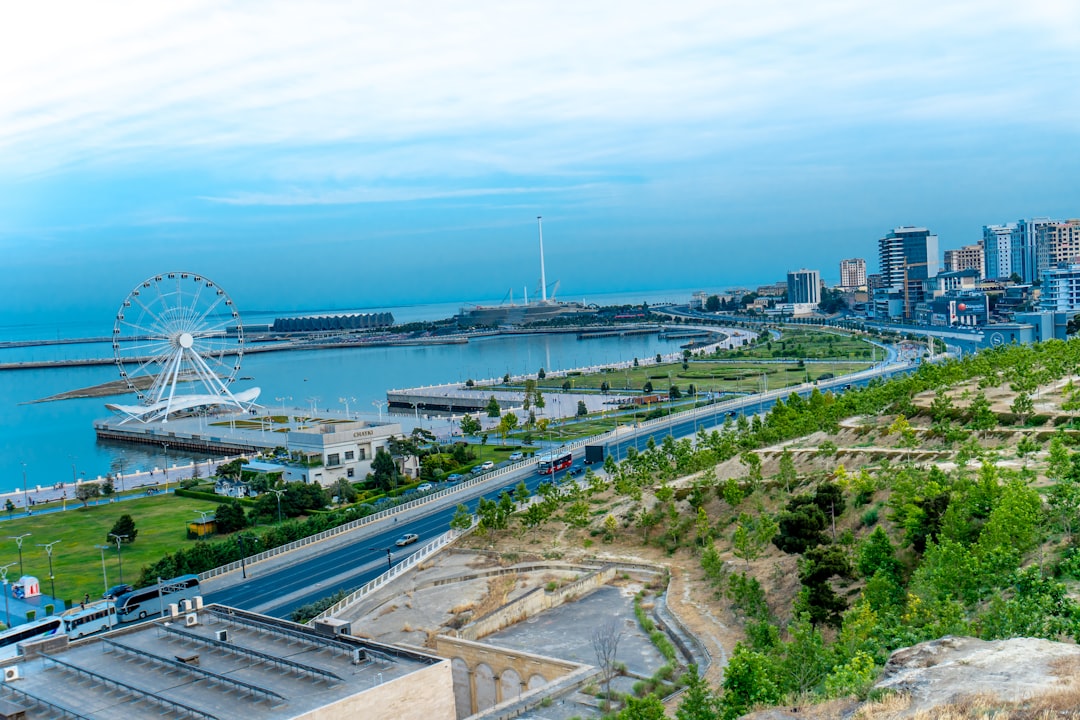
Sustainable Travel Hacks for Light Living
Discover how digital nomads can travel lighter and greener with simple hacks: minimal gear, low-waste habits, carbon-smart choices, so every adventure protects the planet.
2 months ago
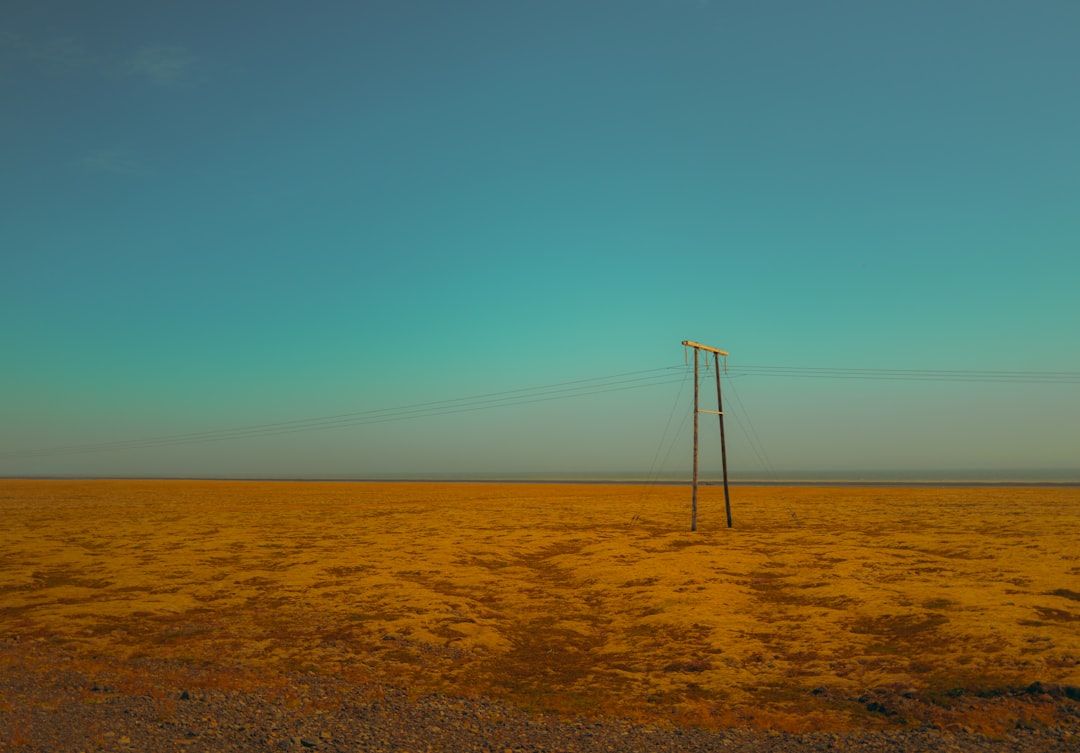
How to Travel Light While Embracing Minimalism
Travel light, live free: minimalism trims your bag, boosts spontaneity, sharpens focus, and cuts your eco footprint. Learn the mindset, tools, and steps to pack only what truly matters.
1 month ago
Latest Posts

Essential Software Every Remote Professional Should Use
Master remote work with essential tools: instant messaging like Slack, high definition video calls such as Zoom, and asynchronous voice apps. Streamline communication, stay connected and boost productivity.
1 day ago

Mastering Remote Work Productivity for Digital Nomads and Freelancers
Learn proven habits, tools, and tactics that help digital nomads and freelancers stay focused, deliver quality work, and maintain a sustainable lifestyle while traveling the world.
1 day ago

Tech‑Friendly European Towns Perfect for Remote Living
Discover Europe’s best small towns where fast internet, affordable living and vibrant tech communities let you work remotely while soaking up historic charm, lakeside views or mountain air.
1 day ago